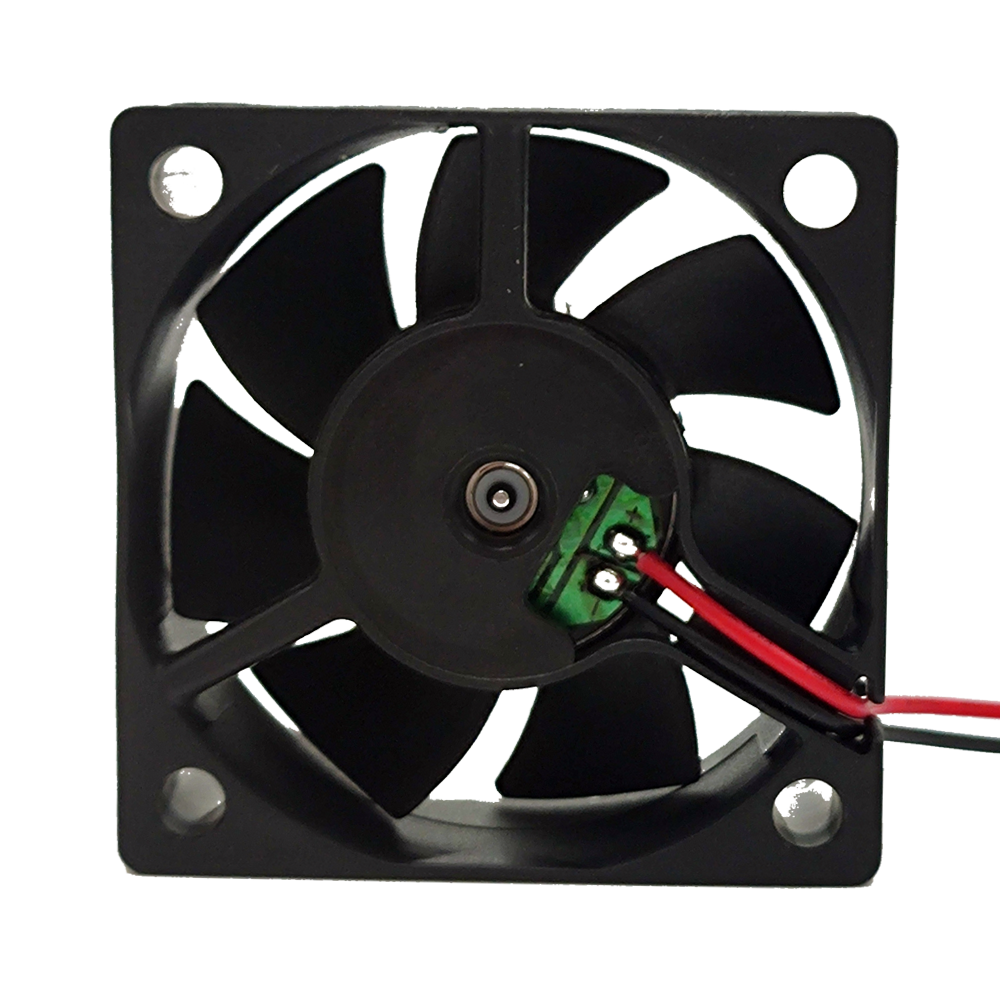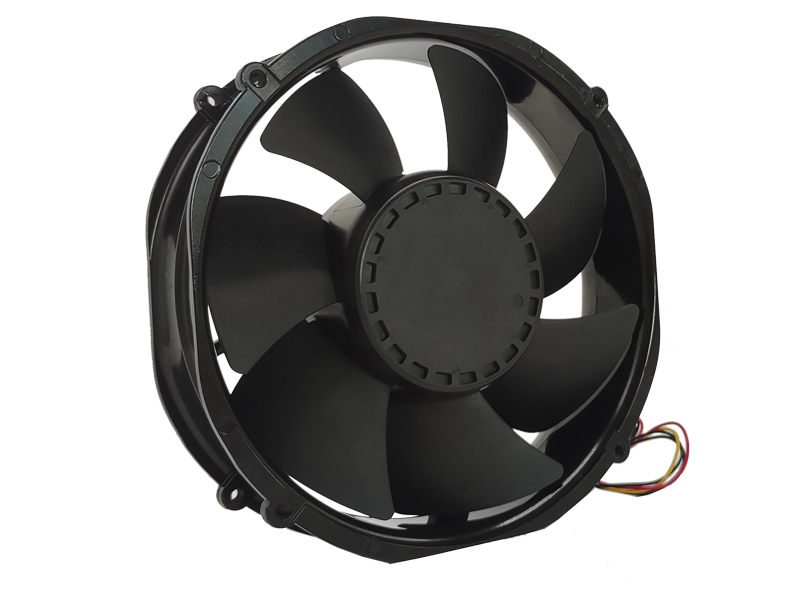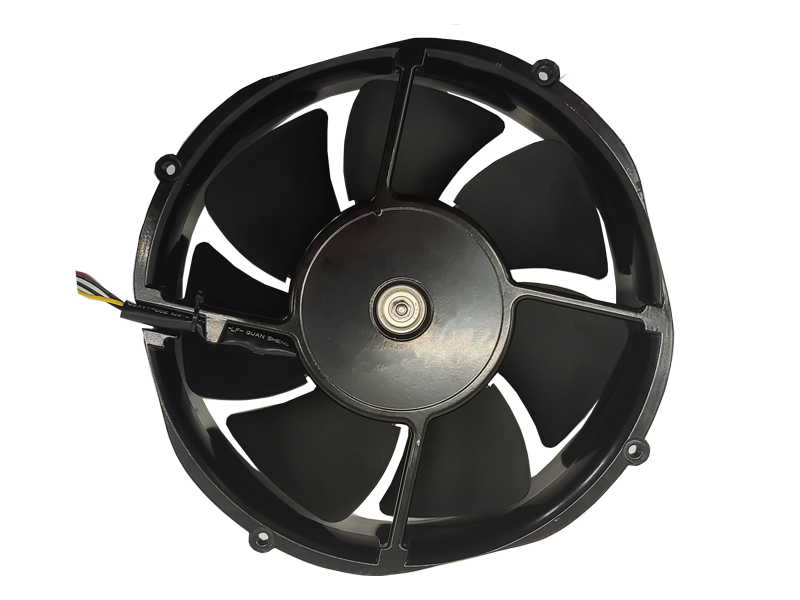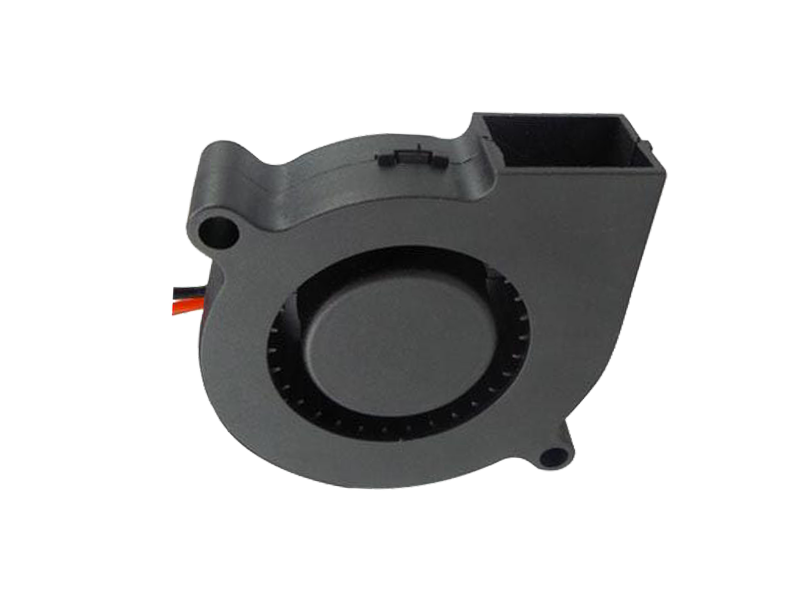When it comes to optimizing environmental conditions in industrial settings, the choice of industrial fans plays a crucial role. As procurement professionals, our responsibilities extend beyond just acquiring the most cost-effective solution; we need to ensure that the fans we select meet operational needs, comply with industry standards, and contribute to overall efficiency. This article delves into the key considerations and strategies for procurement personnel when sourcing industrial fans.
Understanding Industrial Fan Requirements
The first step in the procurement process is understanding the specific needs of the facility where the industrial fans will be used. Industrial fans come in various types, sizes, and specifications, each suited for different applications. To make an informed decision, procurement professionals should:
Assess the Operational Environment: Determine the environment where the fans will be installed. Different environments may have unique requirements. For example, a fan used in a high-temperature setting might need to withstand extreme conditions, while one used in a cleanroom would require features that minimize dust accumulation.
Define Airflow Needs: Calculate the required airflow capacity for the space. This is usually measured in cubic feet per minute (CFM) or cubic meters per hour (CMH). Understanding the airflow requirements helps in selecting a fan with the appropriate capacity to effectively ventilate or cool the area.
Consider Energy Efficiency: Industrial fans can significantly impact energy consumption. Evaluate fans based on their energy efficiency ratings and potential cost savings. Energy-efficient fans not only reduce operational costs but also align with sustainability goals.
Account for Noise Levels: In certain environments, noise can be a critical factor. Ensure the fans you consider have acceptable noise levels, especially if the installation area is near workspaces where noise could affect productivity or compliance with occupational health standards.
Supplier Selection and Evaluation
Once the requirements are defined, the next step is to identify and evaluate potential suppliers. This involves more than just comparing prices. Key considerations include:
Supplier Reputation and Reliability: Research the reputation of suppliers in the market. Look for established suppliers with a track record of reliability and quality. Supplier reviews, testimonials, and case studies can provide insights into their performance.
Technical Support and Service: Evaluate the level of technical support and after-sales service offered by suppliers. Reliable technical support can be crucial for troubleshooting and maintenance. Ensure the supplier provides adequate warranty and service options.
Compliance and Certifications: Verify that the suppliers adhere to industry standards and regulations. Certifications such as ISO 9001 (quality management) or ISO 14001 (environmental management) can be indicators of a supplier's commitment to quality and sustainability.
Customization and Flexibility: Depending on your needs, you may require customized solutions. Assess whether suppliers offer flexibility in terms of customization and their ability to accommodate specific requirements.
Cost Management and Negotiation
Managing costs effectively is a significant part of procurement. While the initial purchase price is an essential factor, total cost of ownership should be considered. Here are
some strategies for cost management and negotiation:
Total Cost of Ownership (TCO): Beyond the purchase price, evaluate the total cost of ownership, which includes installation, maintenance, energy consumption, and potential repair costs. Fans that are more expensive initially may offer better energy efficiency or longer lifespan, which can lead to overall cost savings.
Bulk Purchasing and Long-Term Contracts: If your facility requires multiple fans, consider bulk purchasing or negotiating long-term contracts with suppliers. This can lead to discounts and better pricing. Ensure that any long-term agreements include clauses for price adjustments based on market conditions.
Cost-Benefit Analysis: Perform a cost-benefit analysis to compare different models and suppliers. Assess the initial cost against factors like energy efficiency, durability, and maintenance requirements to determine the best value for money.
Negotiation Tactics: Approach negotiations with a clear understanding of market prices and competitor offerings. Leverage this information to negotiate better terms, such as extended warranties, free maintenance services, or additional features at no extra cost.

Installation and Maintenance Considerations
Effective procurement also involves planning for installation and maintenance, which are critical to ensuring the longevity and optimal performance of the industrial fans. Consider the following:
Installation Requirements: Ensure that the fans are compatible with the existing infrastructure and that installation requirements are well understood. Some fans may require specific mounting arrangements or modifications to the facility.
Maintenance Accessibility: Choose fans that are easy to maintain and service. Consider factors such as ease of access to components, availability of spare parts, and the frequency of required maintenance. Proper maintenance can extend the lifespan of the fans and maintain their efficiency.
Training and Documentation: Ensure that your team is trained in the operation and maintenance of the fans. Suppliers may offer training programs or documentation that can help with proper usage and maintenance.
Performance Monitoring: Implement performance monitoring to track the efficiency and effectiveness of the fans. This can help identify any issues early and optimize performance, leading to cost savings and improved air quality.
Conclusion
As procurement professionals, selecting industrial fans involves a comprehensive approach that balances cost, efficiency, and operational requirements. By understanding the specific needs of your facility, evaluating suppliers thoroughly, managing costs effectively, and planning for installation and maintenance, you can ensure that you make an informed and strategic decision. This not only contributes to a more efficient and cost-effective operation but also aligns with broader organizational goals such as sustainability and employee well-being.
Recommended Products

The main purpose:Car charging station

The main purpose:Car charging station

The main purpose:Electronic refrigerators, water dispensers, direct drinking machines, inverter power supplies
Address:No. 4137, Longgang Avenue (Henggang Section), Henggang Community, Henggang Street, Longgang District, Shenzhen
hotline:13530005572(Chen)15112579390(Li)


Welcome all friends to come for consultation and negotiation.
Copyright 2024 @ Shenzhen Youneng Xinyuan Electronics Co., Ltd.,(industrial fans,industrial blowers,axial fans,cooling fans manufacturer,centrifugal fans,ac cooling fans,dc cooling fans)